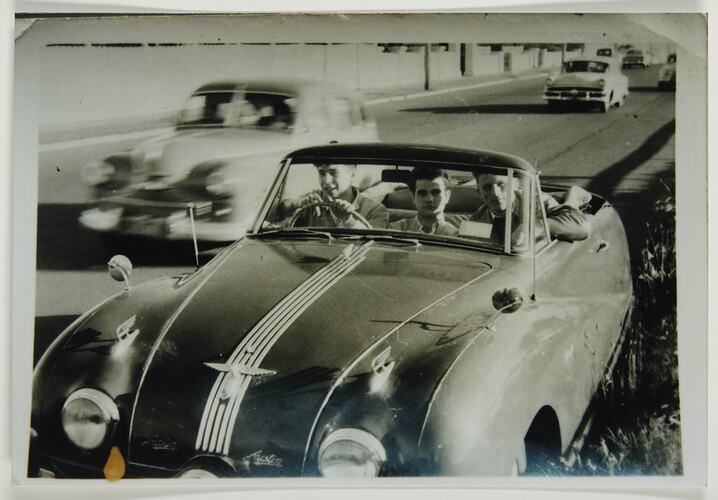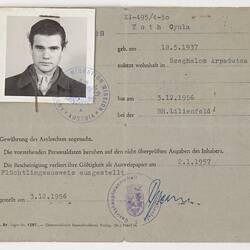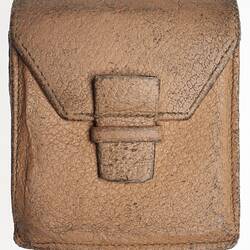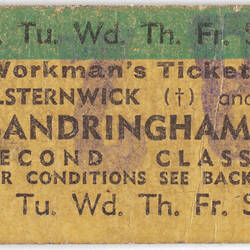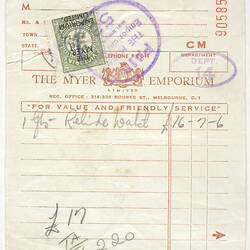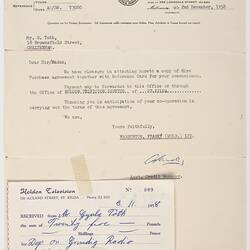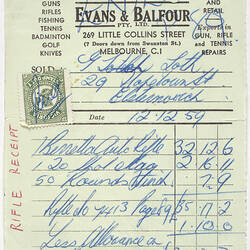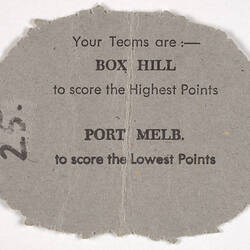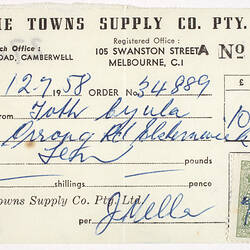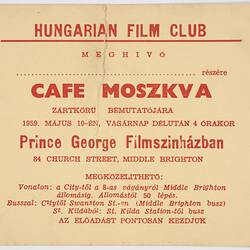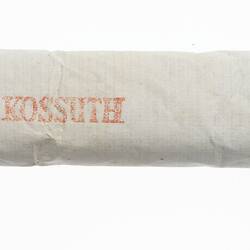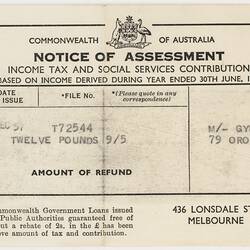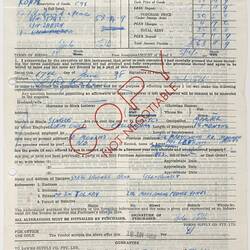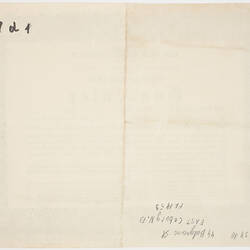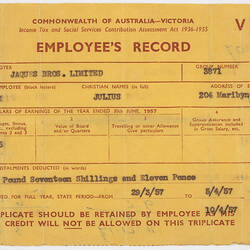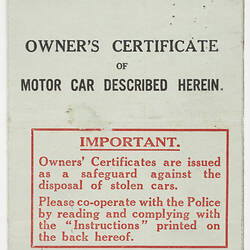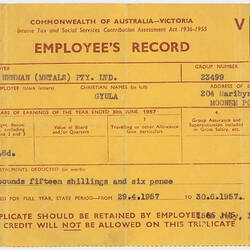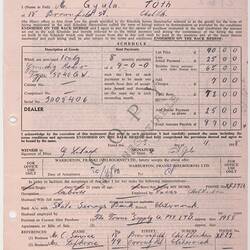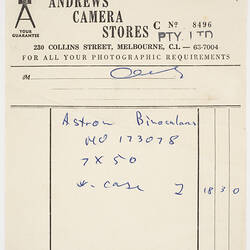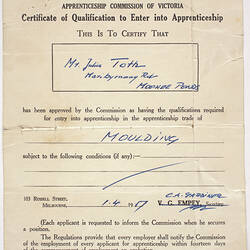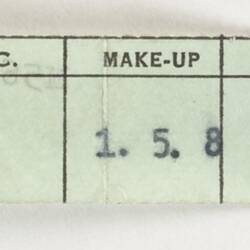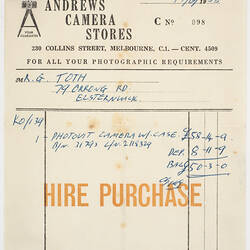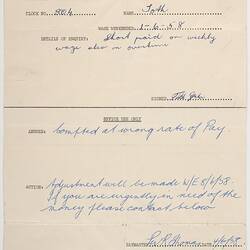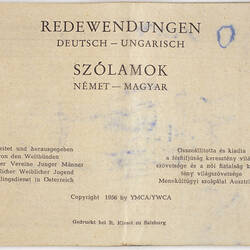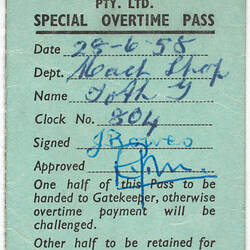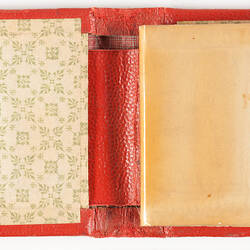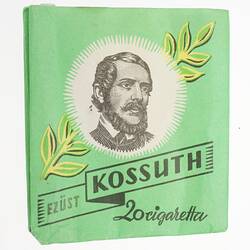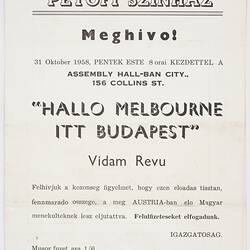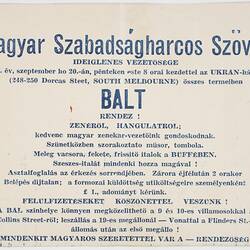Summary
Julius Toth escaped Hungary in 1957 after the Soviet invasion and after a period in a refugee camp, arrived in Melbourne.
Julius Toth left Hungary late in 1956 following the unsuccessful Hungarian revolution and subsequent Soviet Occupation. He survived a dangerous journey alone to escape across the border to Austria, having to leave his family behind. He spent three months in Displaced Persons Camps there before migrating to Australia on the ship Johan Van Oldenbarnevelt on 12 February 1957, arriving in Melbourne on 22 March 1957.
After arriving Julius was befriended by a Hungarian already living in Melbourne and so avoided being sent to Bonegilla Reception Centre and assigned work for two years, as so many other post-war migrants were. Julius found work at Jacques Bros Ltd, although following some misunderstandings with the union he had to leave. After trying unsuccessfully to find employment in various foundries in his trade (moulding) he accepted a job in a scrap metal yard, although he later found a job as a die-caster at Joseph Lucas Pty Ltd. Photographs in his album reveal many driving and camping holidays with friends around Australia.
His collection includes a variety of items. The moulding tools, cigarette holder and photo album represent almost all Julius was able to bring with him from Hungary. The cigarette holder and album were precious 18th birthday presents from a sister and a friend. The moulding tools were his tools of trade. He purchased the suitcase (in the collection), some new clothing and shoes, and some fruit (which he sent home to his mother) in Austria using vouchers provided by the Catholic Church.
During his journey to Australia on the ship Johan Van Oldenbarnevelt, Julius was issued with a small English dictionary which he used to communicate with others on the ship. He also collected a small Hungarian flag on the ship; one was placed on every dining table to celebrate Hungarian National Day. The papers in the collection relate to his migration from Hungary, including an identity card from Austria, a train ticket to his last post in Hungary, his registration with an Australian employment office, and his first pay slips in Australia.
The Hungarian flag in this collection was made by Julia Szucs in a refugee camp in Linz, Austria to celebrate Hungarian National Day on 15 March (two photographs in Julius' album show the flag in use at that celebration). The material for the flag was supplied by the Red Cross and the black strip was added to signal mourning for the lost revolution. Julius met Julia in Australia in 1966. They married the following year and settled in their own home in Clayton in 1968.
More Information
-
Keywords
-
Localities
-
Authors
-
Article types
